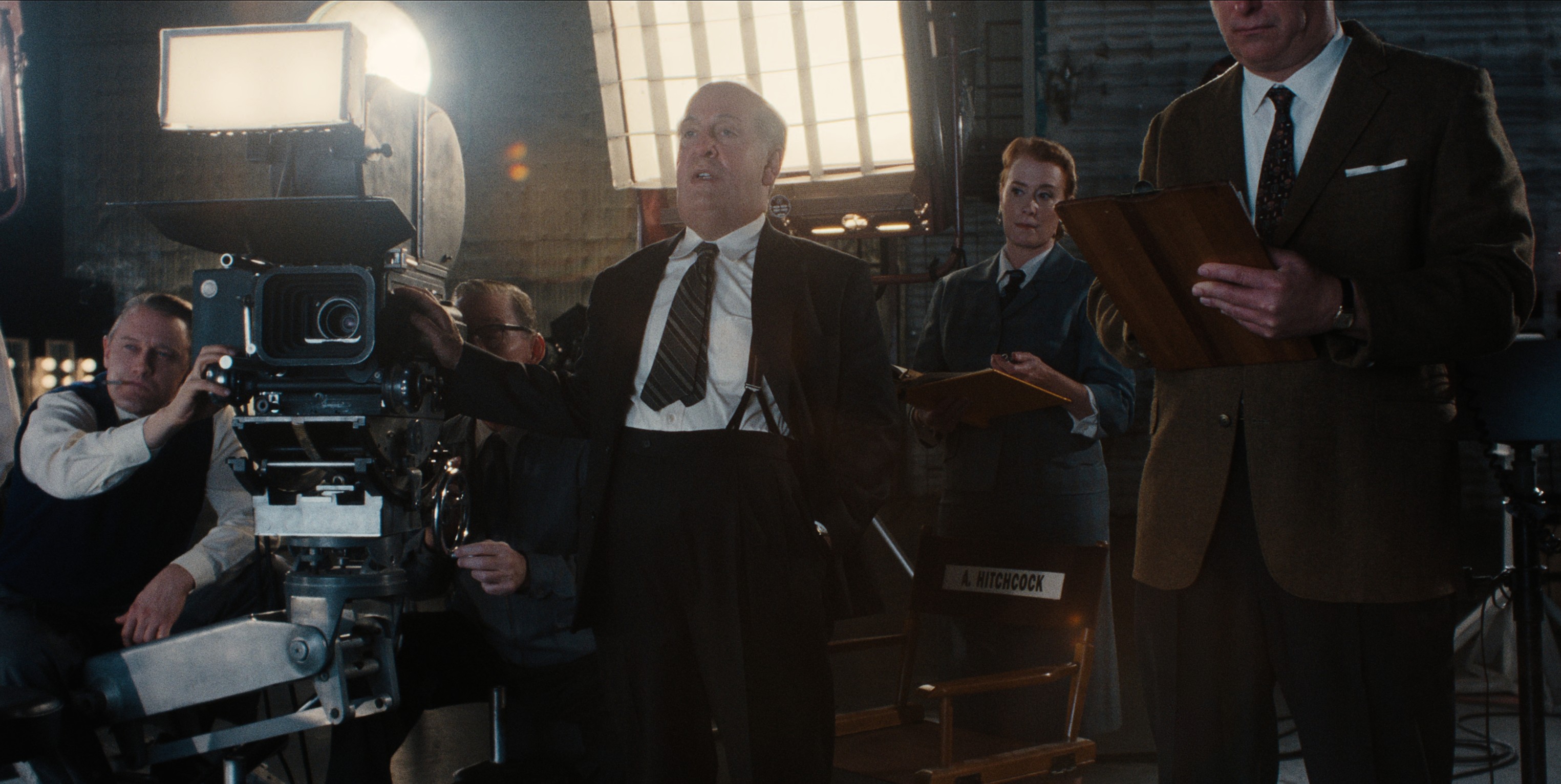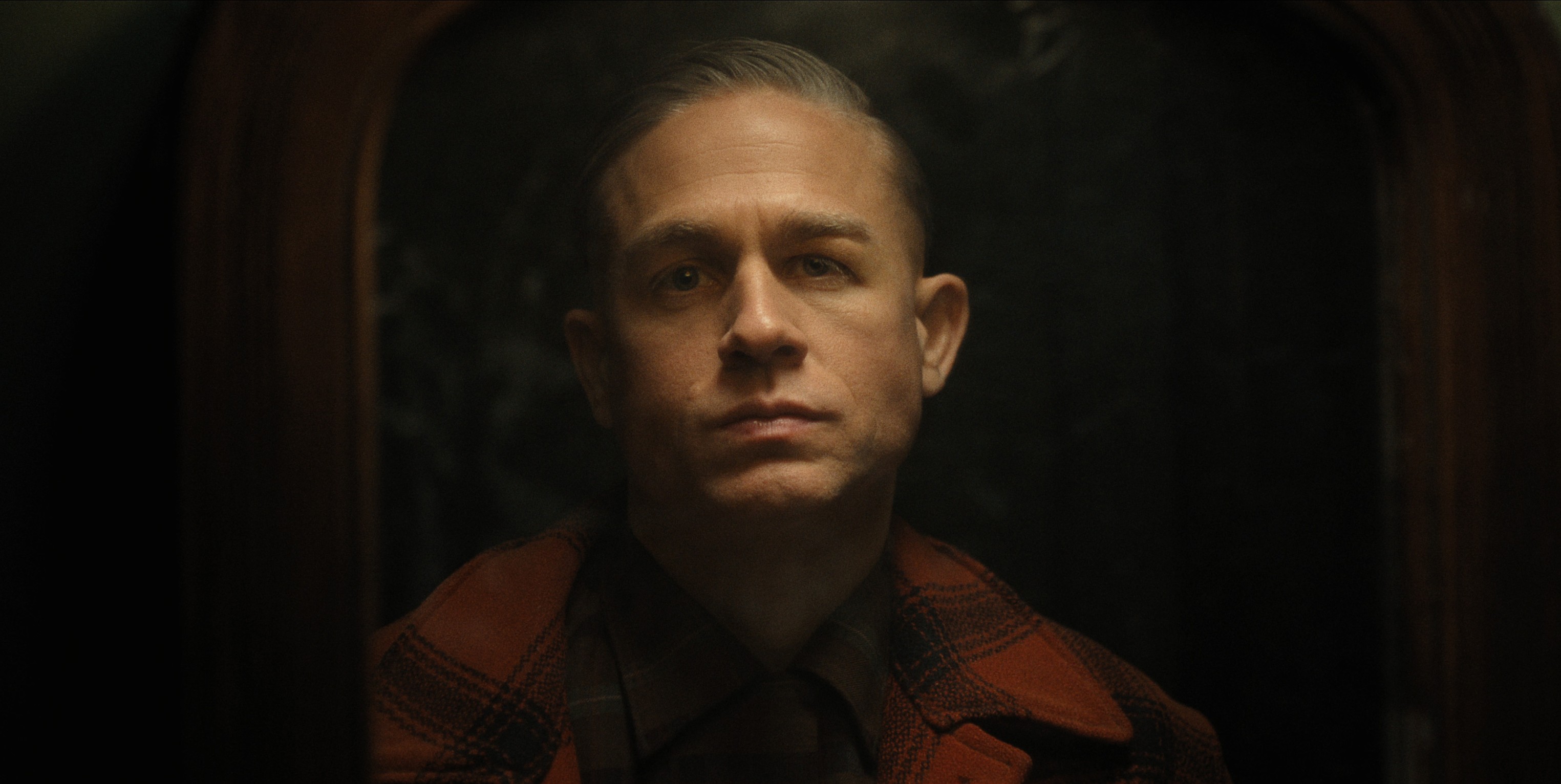Created by Ian Brennan and Ryan Murphy, Netflix’s ‘Monster: The Ed Gein Story’ serves as the third entry in the acclaimed ‘Monster’ series, following ‘The Jeffrey Dahmer Story’ and ‘The Lyle and Erik Menendez Story.’ This time, the show takes a closer look at Ed Gein, a real-life serial killer who was primarily active in the 1950s and went on to become an influential figure in America’s post-war consciousness. The biographical crime drama explores the nooks and crannies of Gein’s psyche to trace his life of criminal activity. In doing so, the show also takes a self-reflexive turn, bringing in the role of popular culture in mythologizing the serial killer. Gein’s notoriety is driven not just by how he’s represented, but also by the tidbits from his real life that have, over time, veered into the realm of general knowledge. One such detail involves the killer’s use of skin suits and face masks, and how that is brought to life on screen remains a burning question. SPOILERS AHEAD.
Ed Gein’s Skin Suit and Face Mask in the Show are Likely the Result of Advanced Prosthetic Work
As one of the most infamous serial killers of all time, Ed Gein developed a variety of macabre practices that went on to become a staple element of popular knowledge about him. One detail that stands out the most is the presence of face masks and skin suits, which he made with real human skin, often extracted from corpses and the people he killed. In the Netflix adaptation of the serial killer’s life, the show continues the tradition, with the character of Ed Gein similarly creating and donning skin suits at several points within the narrative. However, given the extreme nature of these physical augmentations, it is likely that sophisticated prosthetics were used to mimic the effect of real human skin, allowing the production to continue with the dramatized recreation of Gein’s actions. While the use of CGI is entirely possible, many details from the crew hint at makeup work taking center stage in the creative process.

Given the level of skill and attention to detail that is required to bring Gein’s skin suits to life with prosthetics, an expert team of makeup artists, hair stylists, and other creatives was assembled for ‘Monster: The Ed Gein Story.’ Leo Corey Castellano, the makeup department head, took to social media in praise of his team’s work on the show, explaining that the crew gave their very best every day in order to make the production a success. The hair department head, Barry Lee Moe, echoed this sentiment by stating that the show took the team on a journey unlike any other. These words speak volumes to the effort and precision that went into crafting Gein’s face masks and skin suits from scratch, with real-life references likely playing a key role in the process. The serial killer’s gruesome body of work was found by police in 1957 and has since been the subject of equal parts shock and awe, potentially influencing the creative process of the show.
Ed Gein’s Use of Skin has a Symbolic Meaning in the Narrative
In the years since Ed Gein’s arrest, his face mask and body suits have served as the inspiration for many popular movies, with the most notable entries being ‘The Silence of the Lambs’ and ‘The Texas Chain Saw Massacre.’ In the former movie’s case, the antagonist Buffalo Bill creates a ‘woman suit’ with human skin, and this draws direct parallels to both Gein’s macabre actions and how they are portrayed in the series. In ‘Texas Chain Saw Massacre,’ the antagonist wears a face mask made of a dead person, an aspect that strongly resembles Gein’s modus operandi. For both the classic movies, makeup and prosthetics were used to add a layer of authenticity to the on-screen depictions of body horror, and it is likely that the creative team behind ‘Monster: The Ed Gein Story’ follows in their footsteps, creating ingenious ways to seamlessly integrate their makeup work into the narrative.

Gein’s use of face masks and body suits within the story is not without reason, as it points to the greater psychological turmoil that serves as a backbone to his actions. The idea of donning another person’s face directly feeds into his mental health conditions, and can also be interpreted as his way of channeling other people as a part of his hallucinations. Thus, the makeup work gains a new level of depth, with the believability of the prosthetic work directly correlating to the character work of the protagonist. The inclusion of real-life details in the artificial skin-suit possibly helped ground the character even more, making room for the actor, Charlie Hunnam, to better grasp his role. As such, the talent and commitment of the makeup, hair, and prosthetics crew helped the story scale even greater heights.


